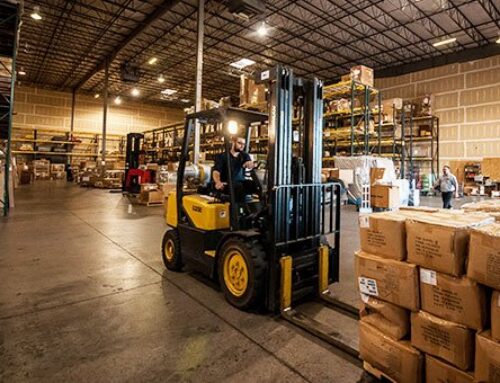It’s no secret: improving supply chains will improve sales. This is something executives have always known about. However, because it was difficult to evaluate the supply chain/increased sales correlation, most companies only approved supply chain investments based on expected cost reductions and their working capital. Today, with the digitalization of supply chains and the wealth of information available, improvements to supply chain strategies can be easily calculated.
An Early Supply Chain Success
One of the earliest winners with supply chain success was Dell Computers even as it was facing tough competition from other low-cost computer manufacturers. Dell cut out the middleman by selling its custom computers directly from its website instead of building computers according to sales forecasts and enlisting other companies to sell them. To accomplish this feat, Dell had to have a supply chain that was capable of getting computers to waiting customers in a matter of days. By outsourcing some operations and running its own assembly lines in the United States and throughout the world, that allowed them to build a desktop computer every five seconds.
Looking Toward the Future
Some might scoff at Jeff Bezos statement that his Amazon drones will one day be “as common as seeing a mail truck,” because the focus of logistics for decades has been to reduce costs. This is because everyone has been accustomed to looking at supply chains as cost drivers instead of sales drivers. In Amazon’s case, the expense of expanding into deliveries by drones is projected to lower rates of returns, which results in higher sales and higher profits.
Balancing Cost with Profit
Sophisticated supply chain analytic software should inform your strategy. Accurate and efficient fulfillment are only starting points in an innovative supply chain. To take advantage of American Western Distribution’s supply chain management services, contact us.




